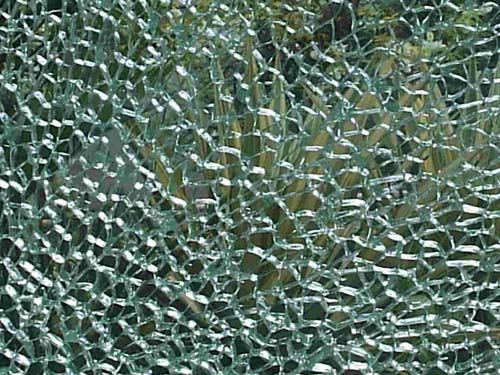Heat Strengthen Glass
Heat-strengthened glass is a toughened material produced by heating it to a temperature just below its melting point and then cooling it. This process enhances the glass’ strength and durability compared to regular float glass. For heat-strengthened glass, the requirement is a surface compression of 3,500 to 7,500 psi with no requirement for edge compression.
Heat-strengthened glass offers several advantages: Improved strength compared to standard float glass, enhanced durability for safety and security applications, aesthetic appeal due to its transparency, and energy efficiency thanks to its high thermal resistance. However, it has limitations: upon impact, it may crack into larger fragments (unlike fully tempered glass).
Heat-strengthened glass is not inherently considered safety glass unless it is laminated into a multilayered format. When dealing with thermally treated glass (whether heat-strengthened or toughened), certain conditions and restrictions must be carefully considered before treatment. These include factors such as the size of incisions and the radius of holes relative to the width of the glass pane.

